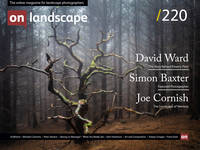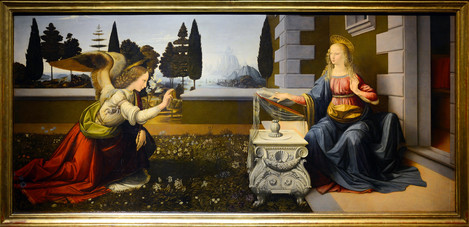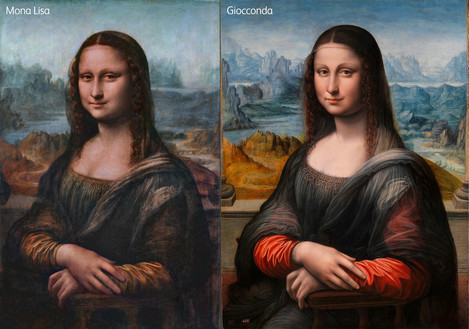The Birth of Landscape

Tim Parkin
Amateur Photographer who plays with big cameras and film when in between digital photographs.
A few issues back, Joe Cornish, David Ward and I started a chat about the origins of landscape and composition in art. The goal was to provide a foundation for a series of articles on composition in landscape photography but, as seems usual when I start researching things, I got sucked down the Rabbit Hole and got stuck researching some of the origins of landscape painting. What I found was interesting enough (to me at least) that I thought it worth sharing on our way to the final goal of ‘landscape composition’.
In that first article, I shared some paintings that ranged from the origins of art, cave painting through the Roman period and ending with some ‘World Landscape’ paintings, including one from Albrecht Altdorfer. I want to backtrack to talk about the era that this painting came from as the era represents the origins of ‘independent landscape’, i.e. landscape painting as the subject of the work rather than the ‘by work’ or background.
It’s fair to say that the Rennaisance affected art across Europe but its persistence said as much about the environment and dominance of the church as it did about the artistic temperament of the day. The Catholic church, the remains of the Holy Roman Empire, held a strong hold over society and most art, specially commissioned art, was in service to this. The main art of the day was either direct representation of biblical stories or allegorical works about moral rectitude (witness Hieronymous Bosch’s truly disturbing “Garden of Earthly Delights”). If an artist were to include a landscape it would form the background of the work, simply there to provide a foundation. For instance, there is another version of the Mona Lisa, created at the same time but from a slightly different angle. This suggests that the background of both versions was probably a painted backdrop and quite possibly a purchased or commissioned studio accessory. Many artists farmed out their background work to apprentices or, in some cases, completely different artists.
In northern Europe, there began a cultural questioning of the religious status quo, with Luther and Calvin developing Humanist ideas that would play a part in the formation of the Protestant Church. In this environment, artists worked with a little more flexibility and allowed their passion for landscape to reveal itself in their work. This passion for landscape wasn’t necessarily a new thing, but it had been frowned upon as an indulgence, not serious enough to be the prime subject of a painting. Gerard David worked on the cusp of this new era and created fully formed landscapes in the background of his major paintings. In one he case managed to sneak them onto the backs of the wings of an altarpiece triptych.



